
EU Food Contact Material Testing
With technological advancements, more and more new materials are being used in products that come into contact with food. Research shows that toxic and hazardous substances in food-contact utensils, kitchenware, and packaging containers have become a major source of food contamination. The safety of food contact materials is increasingly attracting consumer attention. The EU has been tightening regulations on food contact materials, introducing various laws and standards. Different materials have different testing standards and requirements, and products exported to the EU must pass food-grade testing before entering the market.
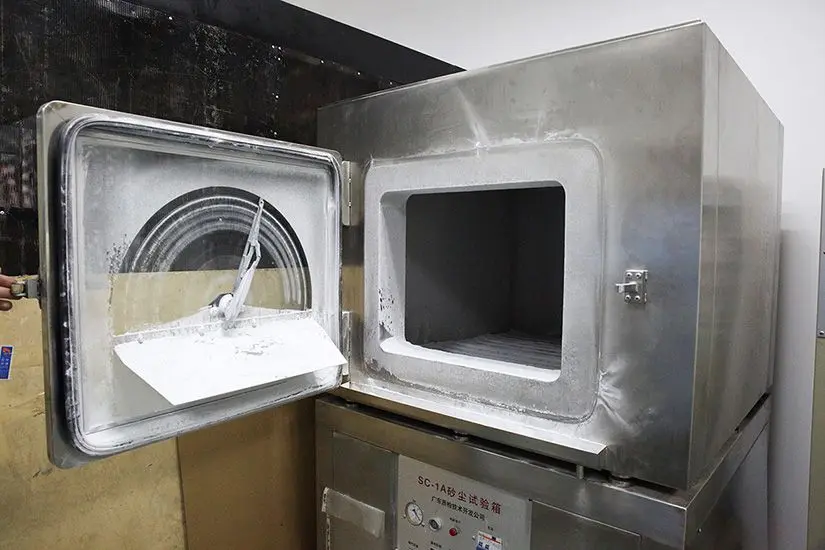
Which Products Require Food-Grade Testing?
Materials and products that come into contact with food during processing, production, packaging, storage, transportation, and use, including but not limited to the following:
- Dining Utensils: Knives, forks, bowls, chopsticks, spoons, cups, plates, etc.
- Kitchenware: Pots, spatulas, cutting boards, garlic presses, apple slicers, peelers, graters, dehydrators, etc.
- Kitchen Appliances: Rice cookers, ovens, coffee machines, juicers, blenders, electric kettles, microwaves, infrared ovens, etc.
- Food Packaging Materials: Cling film, packaging boxes, fresh-keeping boxes, storage containers of various sizes, seasoning bottles, sealed jars, etc.
- Infant Products: Baby bottles, nipples, baby tableware, drinking cups, etc.
EU Food-Grade Testing Items
- Sensory evaluation
- Overall migration
- Specific migration of primary aromatic amines
- Specific migration of heavy metals
- Specific migration of acrylonitrile
- Specific migration of formaldehyde
- Specific migration of melamine
- Specific migration of bisphenol A
- Specific migration of terephthalic acid
- Specific migration of ethylene glycol
- Specific migration of antimony
- Specific migration of butadiene
- Specific migration of vinylidene chloride
- Specific migration of phthalates
- Specific migration of vinyl acetate
- Specific migration of 1,4-butanediol
- Specific migration of methacrylic acid
- Specific migration of 2,2,4,4-tetramethyl-1,3-cyclobutanediol
- Specific migration of tetrafluoroethylene
- Specific migration of 1,4-benzenediol
- Specific migration of trimellitic anhydride
- Specific migration of polycyclic aromatic hydrocarbons
- Specific migration of DHA
- Specific migration of (3,5-di-tert-butyl-4-hydroxyphenyl) propionic acid octadecyl ester (antioxidant 1076)
- Specific migration of 2-(N,N-dimethylamino) ethanol
- Color migration
- Dissolvable heavy metals (lead, cadmium, mercury)
- Dissolvable formaldehyde
- Pentachlorophenol
- Fluorescent substances
- Nitrosamines and nitro compounds
- Lead and cadmium dissolution
- Fluorescent whitening agents
EU Food-Grade Standards
- (EU) No 10/2011: Food contact plastics and products
- 84/500/EEC: Food contact ceramics
- 2005/31/EC: Enamel, glass, and ceramic
- 1895/2005/EC: BADGE, BFDGE, and their derivatives in epoxy resin coatings
- EU 2016/1416, EU 2017/752, EU 2020/1245: Plastics/rubbers
- 93/11/EEC: Nitrosamines in rubber
- AP (2004) 1: Food contact organic coatings
- AP (2004) 4: Food contact rubber
- AP (2004) 5: Food contact silicone
- AP (2004) 2: Food contact bamboo and wood
- AP (2002) 1: Paper products
- CM/Res (2013) 9: Food contact metals and alloys
EU Food-Grade Testing Standards
EN 1186, EN 13130, EN 15136, EN 12868, EN 1388, ISO 4531, ISO 15320, EN 645, EN 648.
Sample Requirements
Migration tests are based on surface area, while content tests are based on weight. Finished products or component materials should be provided according to the specific testing requirements. The quantity required depends on the product's shape, size, and the testing items. For detailed requirements, please consult STC customer service or technical staff.
Food Contact Material Testing Process
1. Communicate to understand product materials, testing items, and standards.
2. Fill out the test application form.
3. Send samples to JJR Laboratory in China.
4. Receive sample quotation.
5. Confirm the quotation and make payment.
6. Arrange for sample testing. If issues are found during testing, rectifications will be suggested.
7. Upon passing the test, the report is issued.
Accreditation
CNAS
Testing Timeframe
5 working days
Solutions
1. Study EU regulations and standards for food contact materials and stay updated on the latest requirements.
2. Strictly comply with EU food contact material regulations and standards, strengthening R&D, procurement, and production process control.
3. Before product testing, consult institutions in advance to understand product characteristics and standard requirements. Address any non-conformities promptly.
4. Conduct product testing to ensure compliance with relevant standards.
Email:hello@jjrlab.com
Write your message here and send it to us
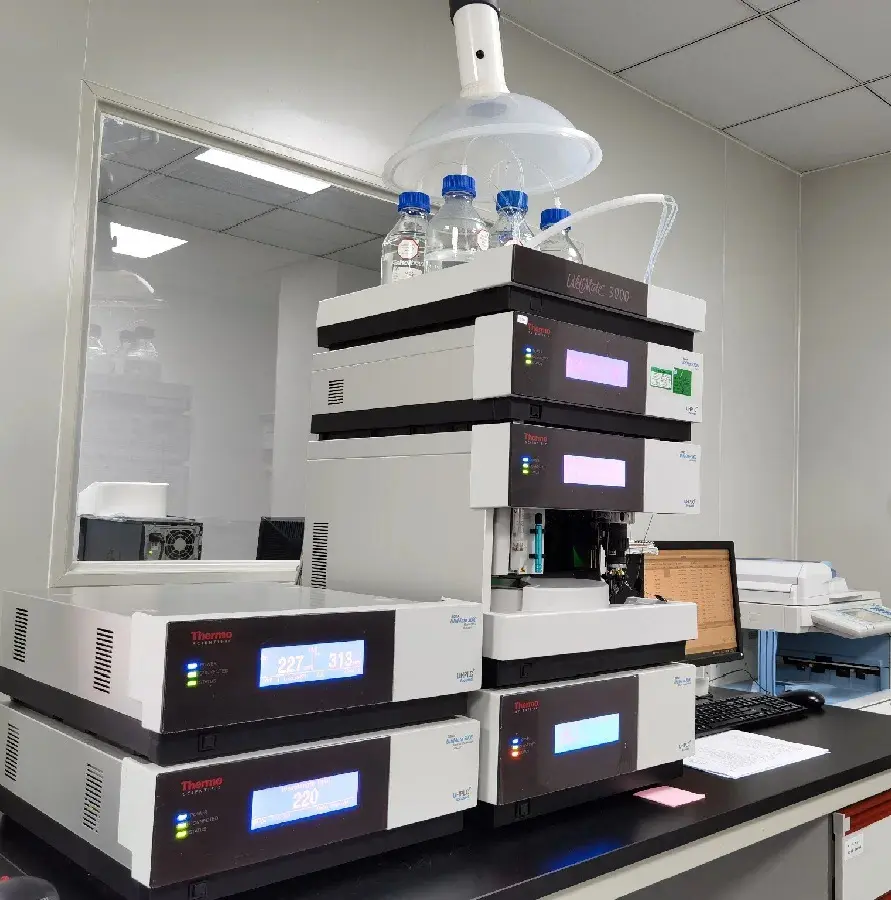 Packaging Validation ISO 11607 Test Report
Packaging Validation ISO 11607 Test Report
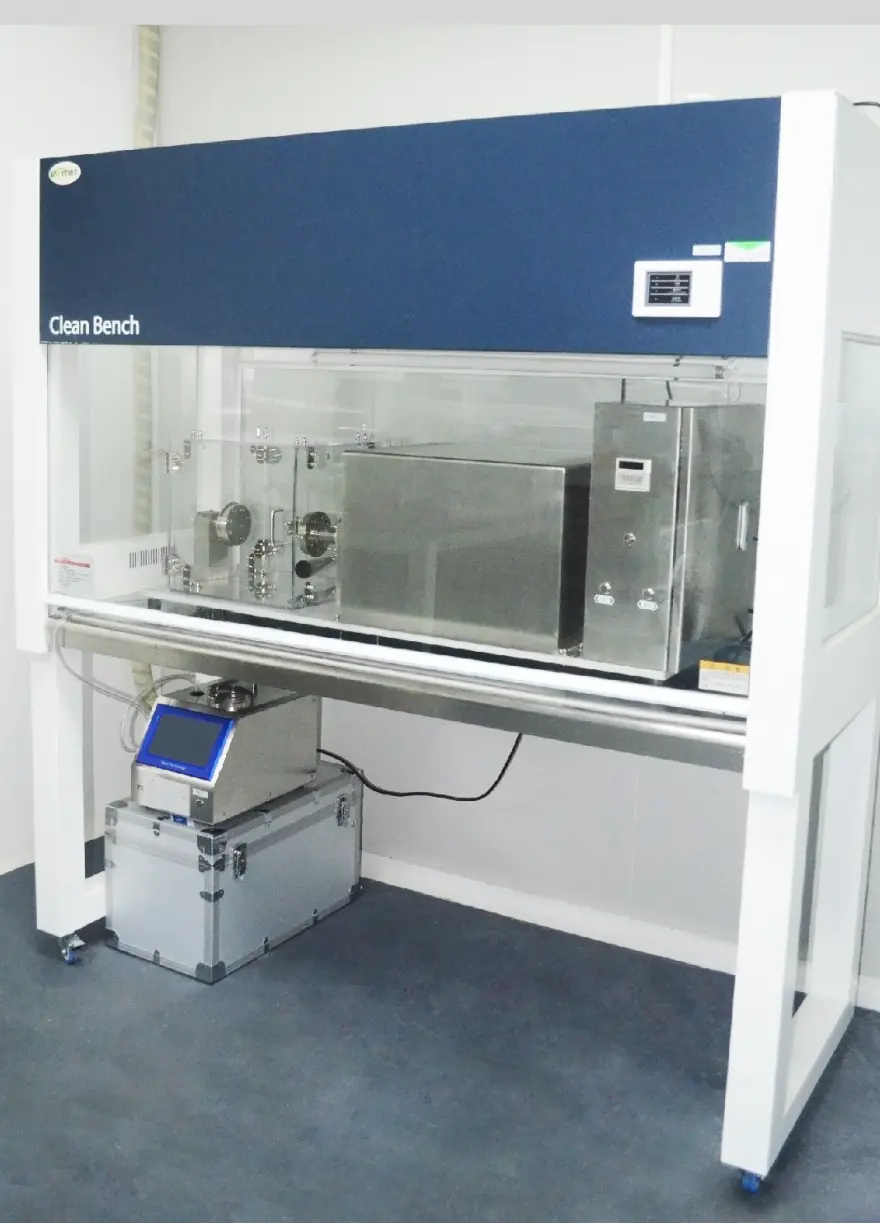 What is the ISO 11607-1 Packaging Validation Test?
What is the ISO 11607-1 Packaging Validation Test?
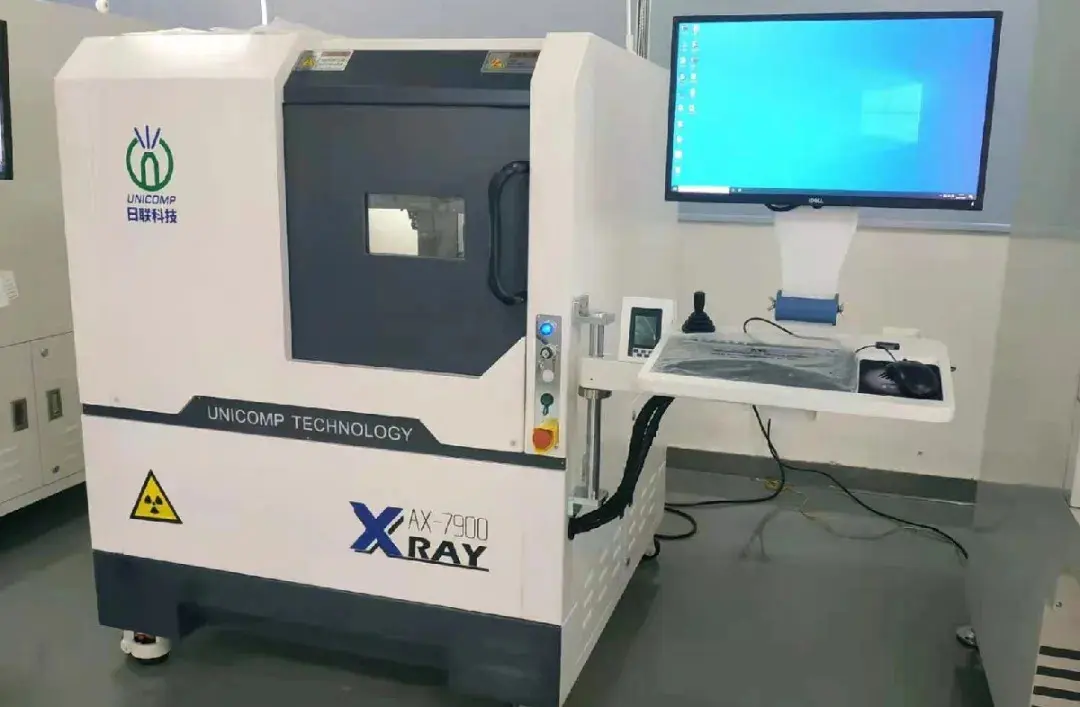 How to get an ISO 11737-1 Test Report?
How to get an ISO 11737-1 Test Report?
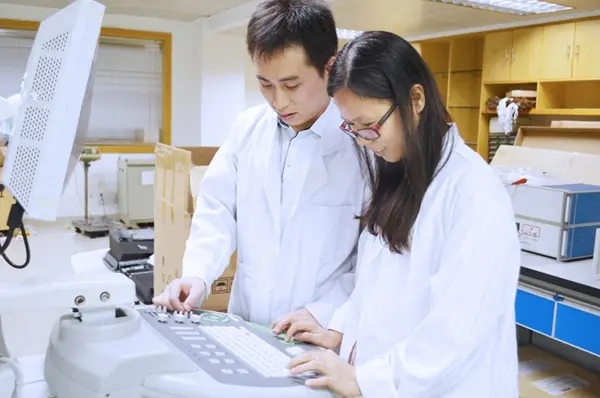 Orthopedic Implant Cleanliness Testing
Orthopedic Implant Cleanliness Testing
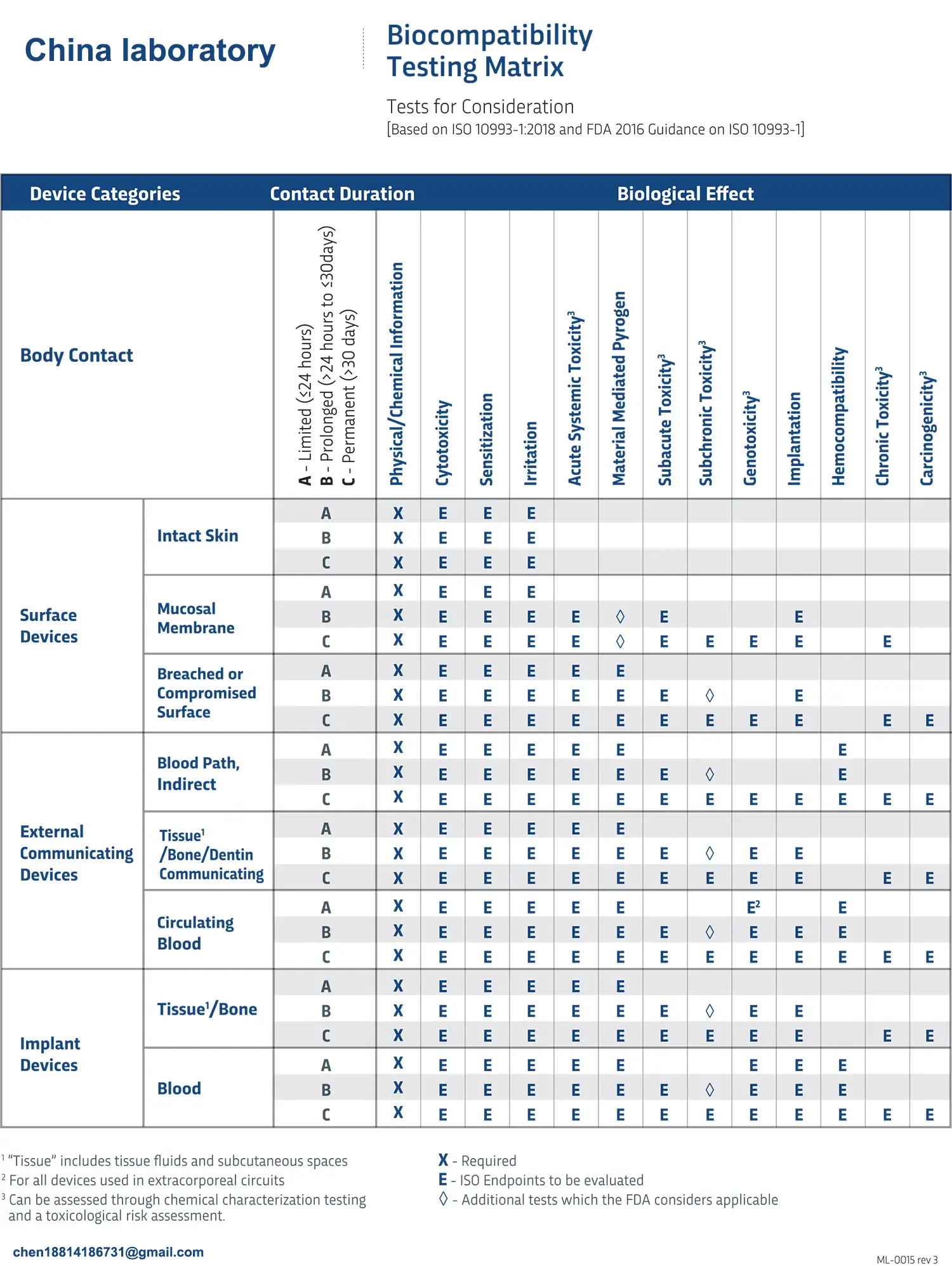 What is ISO 10993-23:2021 Irritation Testing?
What is ISO 10993-23:2021 Irritation Testing?
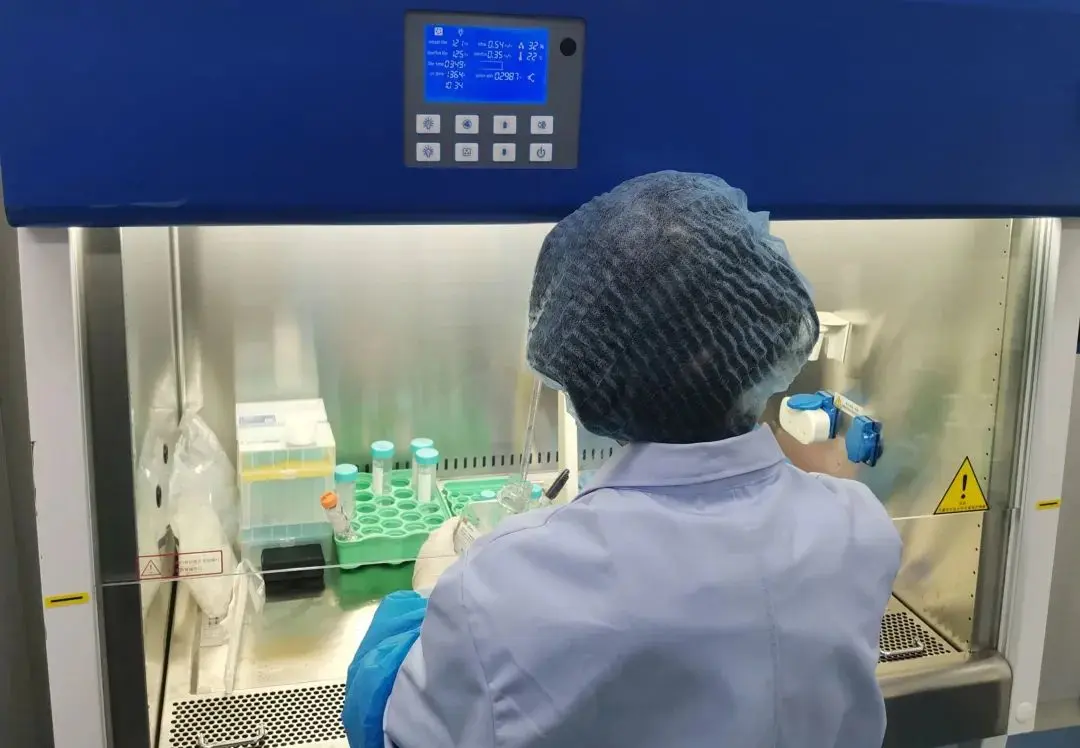 ISO 10993-23 Irritation Testing Laboratory
ISO 10993-23 Irritation Testing Laboratory
 EMI Emissions Testing
EMI Emissions Testing
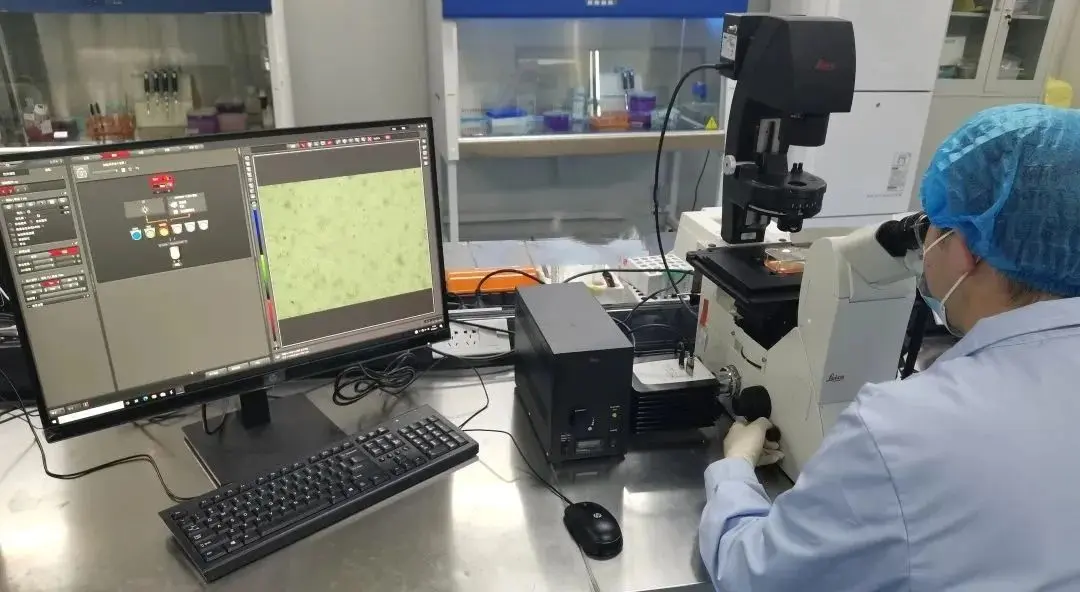 EMC Standards for Medical Devices
EMC Standards for Medical Devices
Leave us a message
24-hour online customer service at any time to respond, so that you worry!




